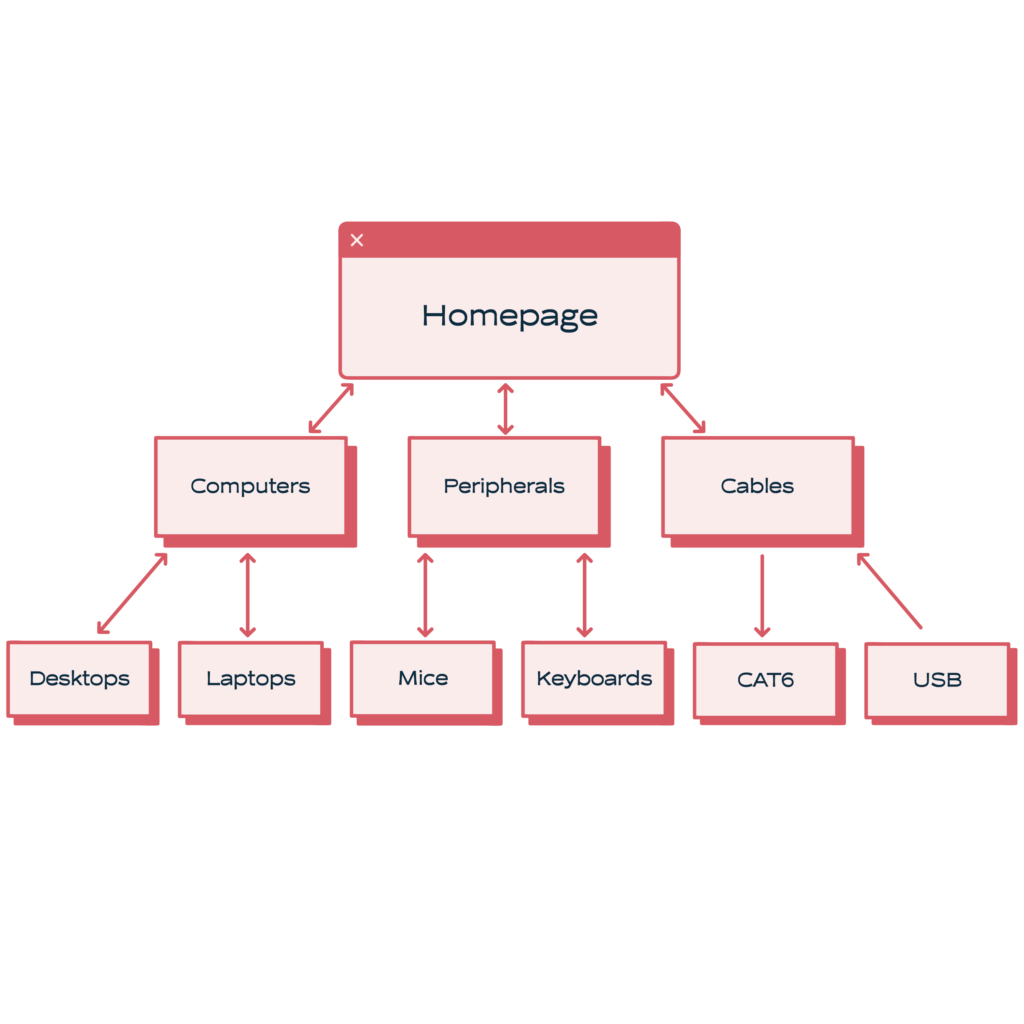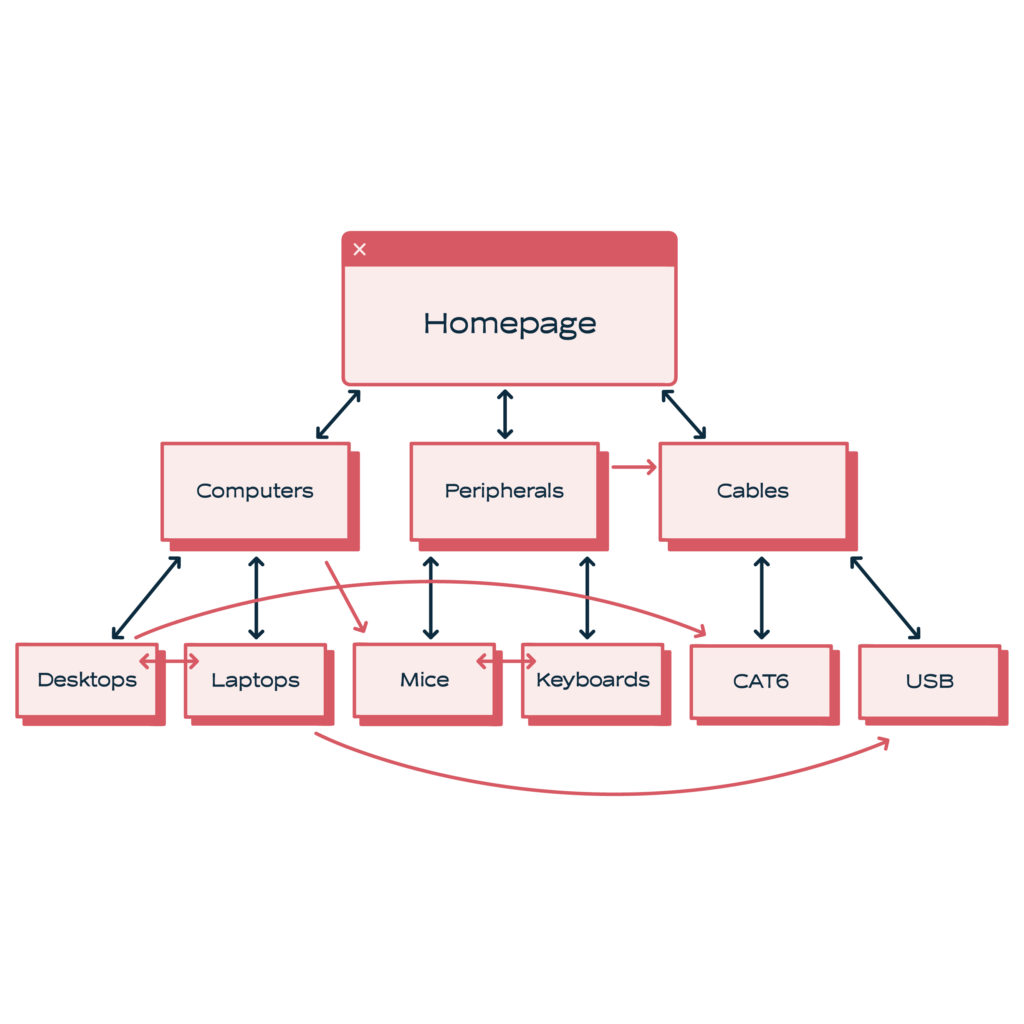4 Cost-Effective SEO Strategies that You Can Implement Right Now
SEO is one of the most affordable digital marketing strategies available to brands and businesses. Here are 4 cost-effective SEO strategies you can implement right now!
Do you have a boss or client putting pressure on you to get results, but with a limited budget? How do you make your SEO dollars stretch the furthest? Any tactic will use resources. Whether internal or external resources are used, there’s always a cost to higher search rankings. So what are the most cost-effective SEO strategies?
Internal linking
The first of our cost-effective SEO strategies has the best price tag – it’s free!
Some of your pages already rank well in the SERPs, or they get more organic traffic than others. These high-ranking pages have “link juice.”
Links coming from pages with high search result rankings pass on some of their “juice” to the target pages. You can use these pages with more clout to elevate relevant content that doesn’t rank as well yet. This technique is commonly known as PageRank sculpting.
While you’ll want to follow most best practices for link building, even internally, you can skip the “rel=nofollow” attribute in your internal links. These are, after all, links that you approve of.
Some SEO thought leaders recommend content silos. This is a good content marketing strategy for basic internal link building, as it automatically creates natural opportunities for links.
However, you shouldn’t limit your links to content within the silo. Let’s consider an example.
Imagine that you’re a high-tech ecommerce retailer. Your content strategy may look like this:

The black arrows should be internal links between the different pages, and they go in both directions. So your page on computers links to desktops and laptops, and your laptop page links back to the computer page, as does the desktop page.
But that’s not enough. You should also link relevant content between silos, as shown by the red arrows in the image below:

Note that some of the red arrows only go in one direction. Let’s say your page on desktops ranks highly. You can pass on some of the authority from that page to your weaker CAT6 page.
You should find a natural way to link pages. Desktop and CAT6 have a natural connection in that you need a CAT6 to connect to Ethernet ports in your home or office. This improves the user experience, offering them relevant topics, and improves your SEO.
Internal Linking Works in Cost-Effective SEO Strategies
We’ve seen this work across industries and types of sites. A client ranked highly for niche long-tail terms with little volume and extremely high seasonality. One of their main category pages that focused on a broad and incredibly competitive keyword had minimal ranking but high search volume.
We linked the long-tail terms internally to the broad category page, passing along that link juice. After a few months, the broad term had increased ranking slightly but grew traffic exponentially due to higher search volume.
White-hat Backlinking Program
Backlinks have been and still are a key component of PageRank. As the search engine algorithms have become more sophisticated and digital marketers have become more savvy, earning valuable backlinks has become a real challenge.

You can’t rely on old SEO tactics for forums and comments on blog posts, even if they look like cost-effective SEO strategies. All of the old shortcuts no longer work.
- Blog and forum comments
- Niche edits
- Private Blog Networks (PBNs)
- Paid posts labelled as guest posts
Social media is one option, but the real cost-effective SEO strategies are the same as always – finding sites that rank well in the organic search results, reaching out with high-quality content, and getting accepted.
With the massive growth of search engine optimization, it’s harder than ever to identify and connect with high-authority sites and bloggers to get a link. Those business owners are better versed in SEO than ever before.
Bulk link sellers work with a variety of small sites. Link builders like The Hoth or Fatjoe don’t usually get placements above a 50 DA (domain authority) because those high-quality sites don’t accept mass postings.
Even with the challenges to a backlinking program, for most sites, it’s necessary. However, doing it internally is slow and will consume large amounts of resources that could be better used on other SEO tactics.
The best way to get a backlinking program off the ground is to find an SEO agency with high credibility that has a proven record in link building. While this may have a higher initial cost, the long term ROI is impressive.
Content for Outbound Placement
The content you’re placing should be relevant to your industry. It doesn’t help a healthcare provider to be mentioned in an article on “Things to do in Nashville,” for example. Even if the healthcare provider is in Nashville itself, the focus of the article is on tourism, not medicine. This article would not be optimal for placement.
The articles should be high quality. “Spun” articles are bad for search rankings and for human eyes. Even items written by normal people can be badly written, poorly researched, redundant or boring.
Look out for link builders that charge extra for good quality writing. If they have to specify “good English,” then their base writer pool is not native English speakers, and their “good English” pool is better than non-native, but not necessarily professional writers or journalists.
You want an article that brings valuable information to the table, with a unique perspective and a voice that matches your brand. That’s not something you can reliably get for pennies per word. Any penalties to links due to poor quality content decrease the cost-effectiveness of your SEO strategy.
Calculating Cost-Effective SEO Strategies for Backlink Projects
How do we measure the SEO benefits of a backlink project? Calculating the SEO cost-benefit ratio can be based on a number of factors, like an increase in rankings, but metrics like conversions or bookings might be some of the most beneficial.
Assuming you have an average value for your goals, whether it be a shopping cart, an appointment booking, or a subscription, it’s easy to calculate the cost-effectiveness of backlinking.
Most backlinking companies charge a monthly fee for a set of services. Backlinking takes time to show its full impact, so it’s smart to plan a 3-month lead time for an ROI. You’d calculate the increase in your goal value at the end of the plan, then divide by the cost of the services rendered.
LinkGraph has helped thousands of clients diversify their backlink profile among high-ranking sites in their market. Working with LinkGraph makes a white hat backlinking project into one of the most cost-effective SEO strategies possible. Cheap backlinking can cost more in the long run due to Google penalties due to bad practices.
Revamp Old Content
This classic content marketing strategy is great for big sites that have already covered a lot of target keywords. Google likes fresh content. As your landing pages age, their relevance declines. You can lose visibility in the search engine result pages if your content sits for too long.
As Google’s algorithm improves and other players in the industry create content, your pages may get left in the dust. A 500-word article that ranked in 2015 will need to be expanded to cover developments in the industry and hold up against the competition.
Google is always trying to improve how its algorithm understands and classifies content. As AIs get better at understanding and creating natural language, your content will have to measure up.
That means more focus into optimizing content before publication. Optimizing content isn’t just focusing on one keyword, but hitting the right frequency of related keyphrases and focus terms. Our page optimization tool helps you and your team create quality content that attracts both search engines and your human target audience.
But before you get to writing, you’ll want to check your keyword research. Why repeat this research if you know that your content ranked for Keyword A six months ago?
- Searchers may use different terms
- Keyphrase alternatives may have lower competition or bigger volume
- Long tail keywords may have become more important
- Better understanding of content from competitors
- Avoid keyword cannibalism
Our Keyword Finder uses a proprietary algorithm to bring you fresher, more accurate keyword results. SEO tools that pride themselves on their expansive crawls also need time to complete those crawls, resulting in data that may be weeks old. You don’t want to rank for last month’s keywords.
Tracking Performance on Content Revamps
This cost-effective SEO strategy can be done completely in-house or with external resources. Either way, measuring ROI for these types of projects is very straightforward.
- The page was ranking at X, driving Y traffic
- It dipped to ranking Z, lowering traffic to Q
- After the revamp, the content shot up to R, resulting in a S% increase in traffic
Make Your Page Schema-Friendly
We’ll end with a technical SEO suggestion. Schema or other structured data markups can boost not just your organic search ranking, but also clicks and conversions.
Structured data lets search engines better understand the context of the page. The major change when you implement structured data is the possibility of rich snippets showing in organic search results. That includes reviews, address information, sub-pages, all within the results themselves.
This additional information is critical for your potential customers, as it gives easy-to-process information on the results pages, increasing traffic and CTR without changing rankings.
Schema is one of the best SEO practices for e-commerce sites. Star rating visibility in the organic results makes your listing stand out, even if it is a little further down the page. Positive ratings are a visual trust signal for your target audience. They’re also social proof that others have bought the product and been so excited by it that they were compelled to leave a review.
Obviously, you’ll want to work on encouraging customers to leave positive reviews. Just as a 5-star review is strong positive social proof, a low star rating will not help any of your SEO metrics.
For local sites, structured data is a no-brainer. Not only does Schema present product reviews, but also location-based information, including events and maps. LinkGraph used structured markup to promote local auctions for a client in the automotive industry, increasing CTR.
Enhanced SERPs are also helpful in local searches and highly competitive terms. The additional information provided increases the listing’s real estate on the page, pushing out competitors and claiming space among information like maps.
Why aren’t more SEO specialists using structured data? There’s no evidence that rich snippets increase rankings in organic search, which is what most SEOs are focused on.
Many SEO experts may know the basics of Schema but are out of their depth when it comes to the coding and technical aspects of search engine optimization. It would make sense to find SEO services with experience in structured data implementations to get the most out of this investment.
Measuring Cost-Effective SEO Strategies with Structured Data Campaigns
Since the objective for a Schema SEO campaign isn’t organic ranking but rather clicks, you’ll want to set your metrics around these objectives to accurately measure the impact of these SEO efforts.
The great thing is that you should be able to tie a direct economic value to your efforts. Even with the least amount of detail, you can apply an industry standard conversion rate to the number of clicks to estimate the results of this cost-effective SEO strategy.
Whether you’re into technical, on-page, or off-page SEO, there are cost-effective SEO strategies for your area of expertise. Internal linking and content revamp projects make your pages work harder for you.
A white-hat backlinking program reaches out to share your site’s amazing content, increasing your rankings and traffic. Adding structured data allows search engines to better understand and present your page, especially helping e-commerce and local sites increase CTR.
If you’re not an expert but see the potential value of these strategies, LinkGraph is an experienced partner with capacity to take on projects of any size. Let us help you increase rankings, CTR, or traffic without breaking the bank.















































































